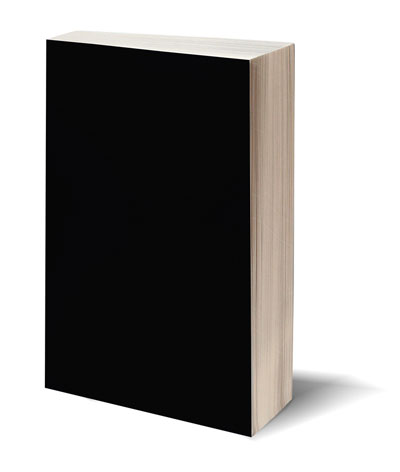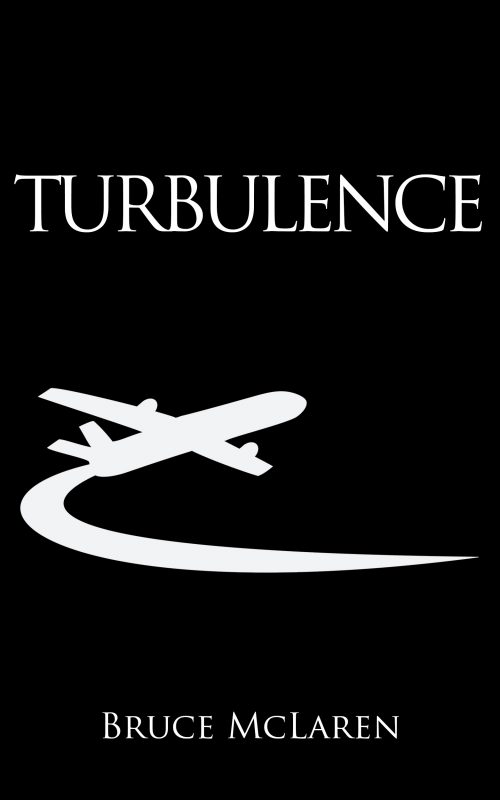
A fearless story about the origins of Zoroaster in Karakalpakstan, capturing something something beyond time
The vastness of the deserts in , the dangers hidden therein, the impossibly large skies and firmament, the subjectivity of language and the meaning of life and Zoroastrianism are powerfully portrayed in Ode to Odin that dares to reach out and grasp the heavens.
A powerful, all-encompassing atmosphere pervaded. The absolute isolation removed us from the current passage of time, and it felt good to be alive
A young British archaeologist makes a deal with the devil, the brilliant but dangerously unpredictable Odin, the very antichrist of the academic world, to search together for the birthplace of monotheism, to confront what is arguably one of the most significant developments in the history of humanity. The chances of success in the bone-dry deserts of Uzbekistan, isolated and remote, with a motley collection of vodka-soaked, bitter and angry Russians, Turkomen, Uzbeks, Kazakhs, Tatars and Karakalpaks, and of course the wild of unruly genius of Odin, “brought up from hell”, are slender at best.
I saw a man of grand plan and action, friend and foe, angel and demon, dualistic in nature, representing life in all its facets, both good and bad and at the same time neither
Under such extreme circumstances there is not even a guarantee of coming out alive. One may hold the hand of the mercurial Odin to cross the bridge over the lake of fire, to do whatever it takes to achieve the goal, but friendships with those who move live as reckless and ambivalent gods are subject to the slightest whim and caprice. A hand is released and the flames beckon.
“Ode to Odin” is a new work of great scope, using the tale of a rare and dynamic friendship to touch upon the very subject of God itself. The episodes of life in the deserts of Central Asia vividly brings an often-hidden part of the world to life for the reader. The vastness of the deserts of Karakalpakstan, the dangers hidden therein, Zoroaster, the impossibly large skies and firmament are powerfully portrayed in this tale that dares to reach out and grasp the heavens.
Further Reading
Turbulence by Bruce McLaren
The Faravahar on the book cover of Ode to Odin
A brief explanation of the Faravahar.
The symbol used on the cover of Ode to Odin is not just a cool design soon to be used tattooed onto thousands of hipsters all over the world. The symbol is also the somewhat cryptic Faravahar, the defining symbol of Zoroastrianism, the commonly adopted icon used by the Persians who adopted the religion, making Zoroastrianism the most widely practiced religion for the 800 years leading up to the arrival of Islam.
The winged disc was Anshar, the primordial God, father of heaven and earth, but was also linked to the central Zoroastrian concept of the Fravashi, an esoteric and cryptic concept that might be described as ‘the soul’.
The origins of this image are clearly found in old Egyptian iconography, but the concept of a winged disc is an almost universal theme found throughout much of the ancient world. For the Greeks, for example, the sun, Helios, was pulled across the sky each day by a chariot.
In Egypt the most recognized icon of the winged disc is associated with that of Horus, the 3rd Millennium falcon-god, one of the primary figures in the Egyptian pantheon. Later, this symbol was adopted by the solar deity, Ra, and the goddess Isis, although usually without the wings. Interestingly, with Ra and Isis the sun is often ringed by a serpent, like the limits of the world in Norse mythology also being ringed by a serpent. The most famous variation on this theme is to be found in the iconography of the heretic pharaoh, Akhenaton, of the 14th century BC, who briefly flirted with monotheism and the sole worship of the Aton, or life-giving sun.
In Zoroastrianism a human figure is situated within the ring of the sun-disc. The Assyrians who preceded the Persians first adopted the figure of a man, the feather-robed archer, meant to symbolize the Assyrian primary God Assur. The ringed objects held by the individual have been interpreted as representing good and bad or representing eternity. The feathers comprise three rows, representing the Zoroastrian concepts of doing good, thinking well and speaking well. There are three rows of feathers on the back that correspond in negative, in keeping with the Zoroastrian emphasis on balance and an equal counterpoint between all good and bad.







